Face Masks in 2025: Why They Still Matter for Public Health
As of December 2024, scientific research continues to support the effectiveness of face masks. Wearing masks remains a crucial public health measure going into 2025, particularly in reducing the spread of respiratory infections such as COVID-19, influenza, and other airborne viruses. Who should wear masks, in what situations, and how do they protect others?
Efficacy of Masks and Respirators

A comprehensive review published in Clinical Microbiology Reviews analyzed over 400 studies and concluded that masks and respirators are effective in reducing the transmission of respiratory infections. The review emphasized that consistent and correct mask usage enhances protection, with respirators providing greater protection than ordinary masks when worn continuously.
Cloth Masks vs. Medical Masks

A meta-analysis published in the Journal of Public Health found that medical/surgical and N95-type masks outperform cloth masks in filtering viral particles. The study emphasized the necessity of using well-fitting medical or N95-type masks to prevent viral spread, although cloth masks may offer some level of protection.
Mask Usage in Community Settings
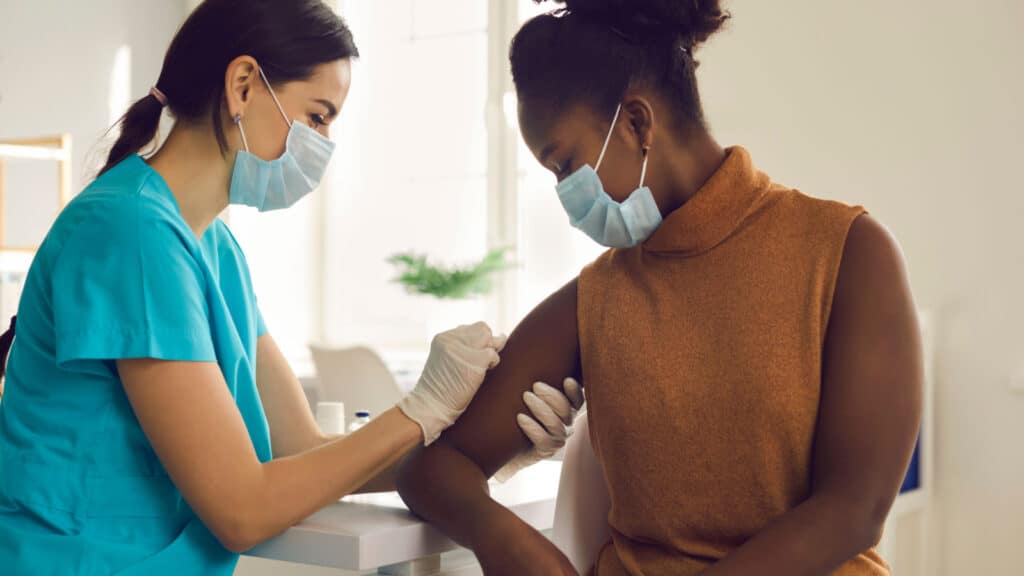
A scoping literature review indicated that medical masks and respirators, compared to cloth masks, may reduce SARS-CoV-2 transmission in community settings. However, the review noted that mask use was rarely implemented in isolation from other public health and social measures, making it challenging to determine the effect solely attributable to mask-wearing.
Who Should Wear Masks?

- Individuals at High Risk:
- People with underlying health conditions such as heart disease, diabetes, or weakened immune systems.
- Elderly individuals, especially in areas with high viral transmission.
- Healthcare Workers and Caregivers:
- Medical personnel and caregivers should wear medical-grade masks (such as N95 respirators) when interacting with potentially infectious patients.
- Sick Individuals:
- Anyone experiencing symptoms like coughing, sneezing, or a sore throat should wear a mask to prevent spreading infection.
- The General Public (During Outbreaks):
- In regions experiencing respiratory virus outbreaks, public health officials may recommend mask-wearing for everyone in public settings.
In What Situations Should Masks Be Worn?
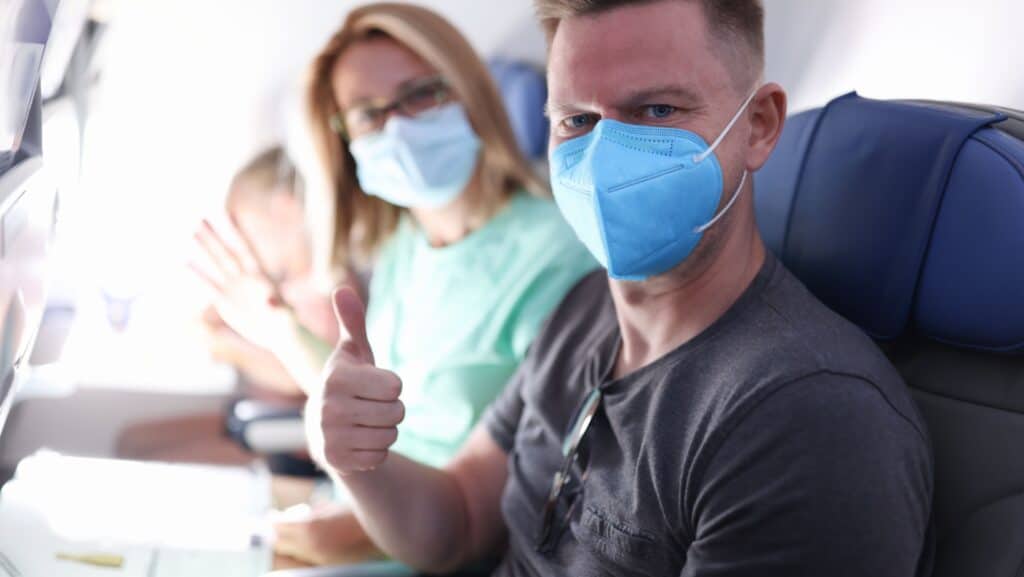
There are certain situations where mask wearing would be beneficial:
- Healthcare Settings:
- Hospitals, clinics, and long-term care facilities should enforce mask-wearing for staff, patients, and visitors.
- Public Transportation:
- Airplanes, buses, trains, and other shared transport modes are high-risk environments due to close contact.
- Crowded Indoor Spaces:
- Mask-wearing is recommended in places like shopping malls, concerts, and religious gatherings, especially during respiratory virus seasons.
- Schools and Daycares (During Outbreaks):
- Depending on infection rates, schools may require masks for students, teachers, and staff.
- Workplaces with Close Contact:
- Offices, factories, or jobs requiring close contact may benefit from mask policies to reduce absenteeism due to illness.
What Ages Should Wear Masks?
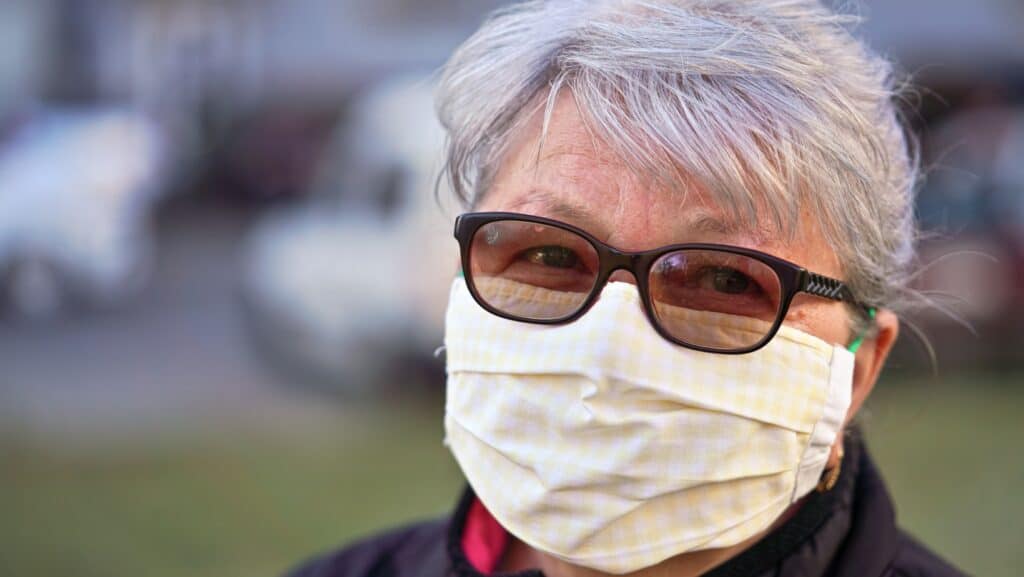
- Adults and Teens: Everyone aged 12 and older should wear masks in recommended settings.
- Children (Aged 2-11): Masks are recommended in high-risk settings where social distancing isn’t possible.
- Infants and Toddlers (Under 2 Years Old): Masks are not recommended due to the risk of suffocation.
Make Sure Your Mask Fits
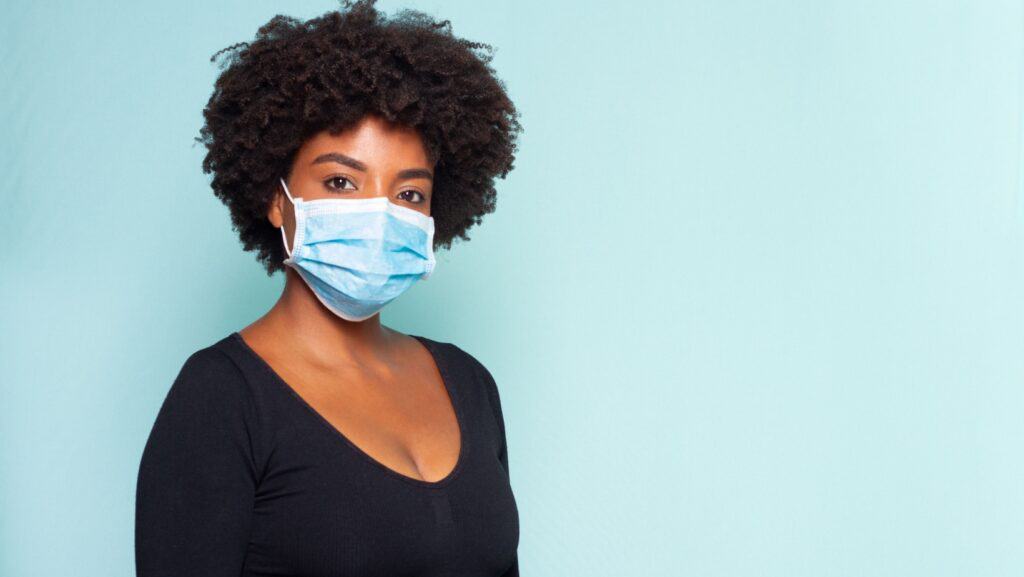
Masks are only going to be effective if they fit right. According to John Hopkins, there are ways to make sure you are maximizing mask protection:
- Wash hands before putting on your mask.
- Touch only the bands that go around your ears.
- Make sure the mask fits to cover your nose, mouth and chin. If you adjust the mask to cover those areas, wash your hands before and after.
- Make sure you can breathe and talk comfortably through your mask.
- Don’t touch your or your child’s mask while it is being worn.
- Don’t wear the mask under your chin with your nose and mouth exposed.
- Don’t leave your nose or mouth uncovered.
- Don’t remove the mask while around others in public.
- Don’t share your mask with family members or friends.
- Discard when soiled or damaged.
- All of these suggestions do not apply to recommended masks with a clear window used for lip reading.
If You Are Sick, Will a Mask Protect Others?

Yes, wearing a mask significantly reduces the spread of infectious droplets when you cough, sneeze, or talk. Masks serve as a barrier, preventing respiratory secretions from being released into the air, which helps protect others, especially in close-contact settings. Medical studies have shown that wearing a mask can reduce transmission by up to 80% when combined with hand hygiene and physical distancing.
Are You Wearing A Mask?
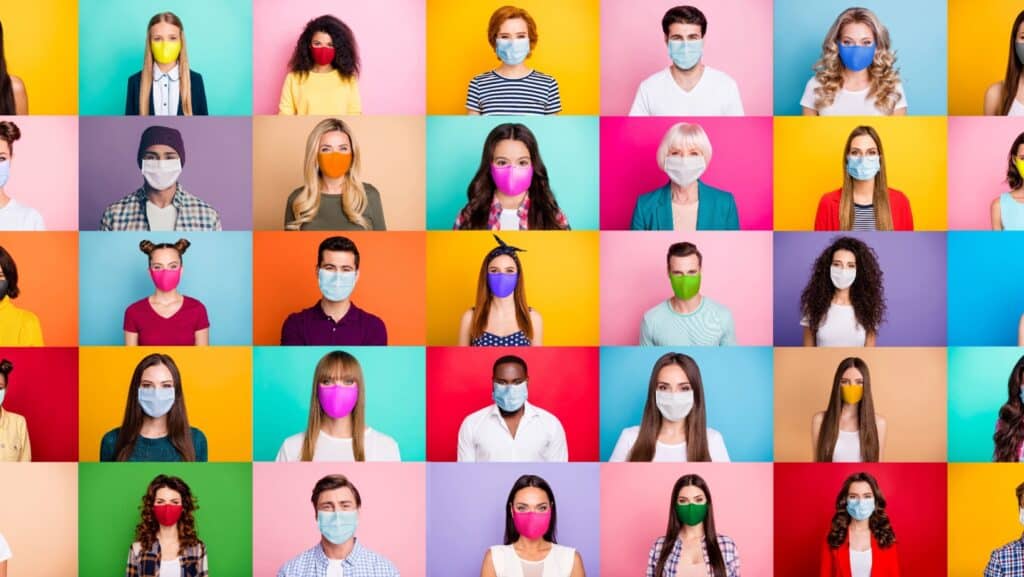
The scientific consensus as of late 2024 supports the use of face masks, particularly well-fitting medical masks and respirators, as an effective measure to reduce the transmission of respiratory infections. Ongoing research continues to refine our understanding of optimal mask usage and its role within broader public health strategies.
Teen STD Rates Are Surging: Is Your Child At Risk?

Sexually transmitted diseases (STDs) remain a significant public health concern in the United States, with certain demographic groups disproportionately affected. This article explores which populations face the highest rates of STDs and examines the complex factors contributing to these disparities. By understanding these patterns, we can better target prevention efforts and improve sexual health outcomes for all.
READ: Teen STD Rates Are Surging: Is Your Child At Risk?
Join Us

Join us on this empowering journey as we explore, celebrate, and elevate “her story.” The Queen Zone is not just a platform; it’s a community where women from all walks of life can come together, share their experiences, and inspire one another. Welcome to a space where the female experience takes center stage. Sign up for our newsletter so you don’t miss a thing, Queen!







